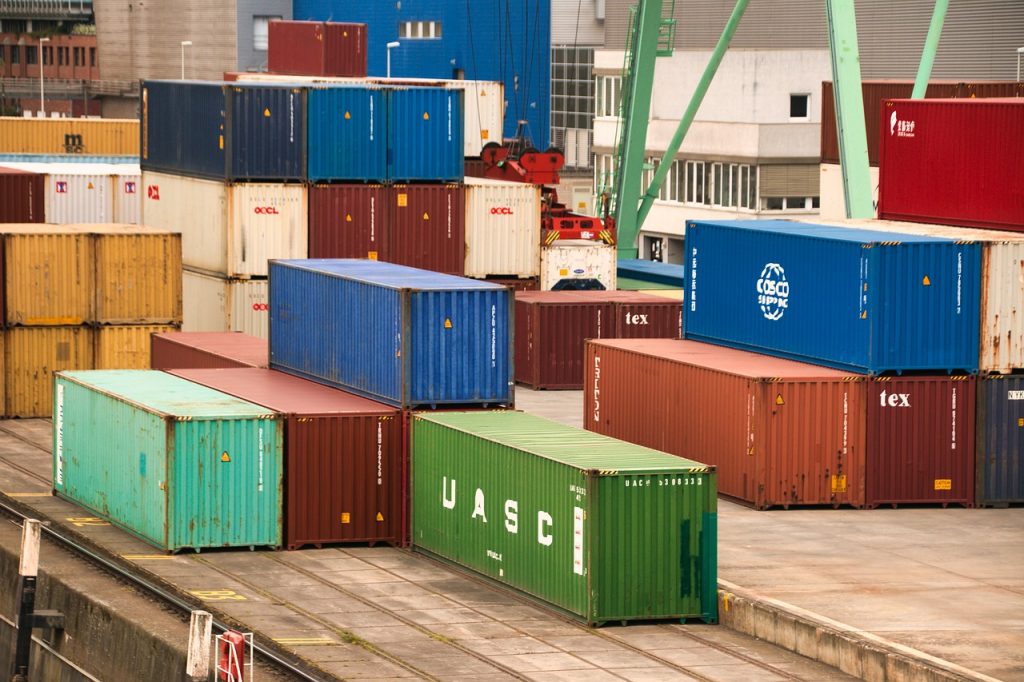The Hyperloop is a futuristic transportation system that promises to revolutionize the way we travel. It is a high-speed train that travels in a vacuum-sealed tube, using magnetic levitation to reach speeds of up to 760 mph. With such incredible speed, it is natural to wonder whether the Hyperloop will replace airplanes as the preferred mode of transportation. In this article, we will analyze the potential of the Hyperloop and its impact on the aviation industry.
Advantages of the Hyperloop
The Hyperloop has several advantages over airplanes. Firstly, it is faster than airplanes, with the potential to reduce travel time between cities significantly. For example, a trip from Los Angeles to San Francisco, which currently takes around 6 hours by car or 1 hour by plane, could take just 30 minutes by Hyperloop. This would be a game-changer for business travelers and commuters.
Secondly, the Hyperloop is more environmentally friendly than airplanes. It uses electricity as its power source, which can be generated from renewable sources such as solar and wind. In contrast, airplanes rely on fossil fuels, which contribute significantly to greenhouse gas emissions.
Thirdly, the Hyperloop is safer than airplanes. It is a closed system, which means there is no risk of collisions with other vehicles or birds. Additionally, the Hyperloop is not affected by weather conditions such as turbulence, which can be a significant safety concern for airplanes.
Challenges of the Hyperloop
Despite its advantages, the Hyperloop faces several challenges that need to be addressed before it can replace airplanes. Firstly, the cost of building the infrastructure for the Hyperloop is high. The vacuum-sealed tube and magnetic levitation technology require significant investment, which may not be feasible in all regions.
Secondly, the Hyperloop may not be suitable for long-distance travel. While it is ideal for short to medium distances, it may not be practical for journeys that require several hours of travel time. Additionally, the Hyperloop may not be able to accommodate large numbers of passengers, which could limit its potential as a mass transportation system.
Thirdly, the Hyperloop may face regulatory challenges. As a new technology, it may take time for governments to develop regulations and safety standards for the Hyperloop. This could delay its implementation and adoption.
Conclusion
In conclusion, the Hyperloop has the potential to revolutionize transportation and offer several advantages over airplanes. However, it also faces several challenges that need to be addressed before it can replace airplanes. The cost of building the infrastructure, suitability for long-distance travel, and regulatory challenges are significant hurdles that need to be overcome. Therefore, while the Hyperloop may complement airplanes for short to medium distances, it is unlikely to replace airplanes entirely.



